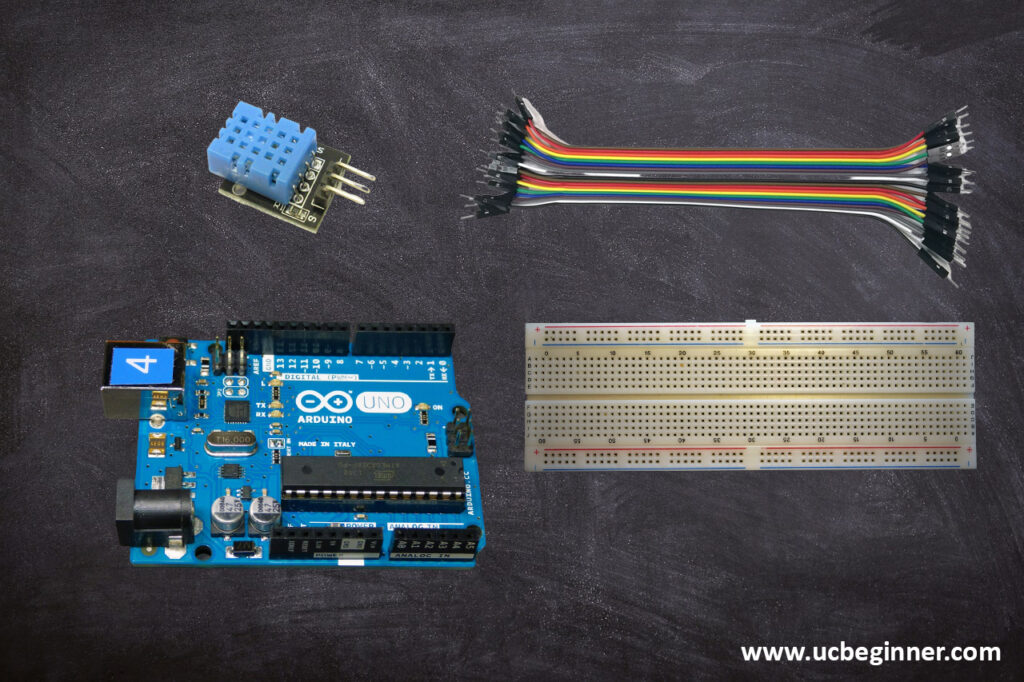Welcome to the world of temperature and humidity sensing with Arduino! In this quick setup guide, we will walk you through the process of connecting and configuring the DHT11 sensor to the Arduino board. Whether you’re a beginner or a seasoned hobbyist, this article will help you get started in no time.
Section 1: Understanding the DHT11 Sensor
Before diving into the setup process, let’s take a moment to understand the DHT11 sensor. The DHT11 is a low-cost digital sensor capable of measuring temperature and humidity levels in the surrounding environment. It provides reliable and reasonably accurate readings, making it a popular choice for a variety of projects.
Section 2: Assembling the Required Components
To begin our setup, let’s gather all the necessary components. You will need:
- An Arduino board (such as Arduino Uno or Arduino Nano). (Amazon, banggood, digilog)
- A DHT11 sensor module. (Amazon, banggood, digilog)
- Jumper wires. (digilog)
- a breadboard (optional). (digilog)

Section 3: Wiring the DHT11 Sensor
Now it’s time to connect the DHT11 sensor to the Arduino board. Follow these steps:
- Insert the DHT11 sensor module into the breadboard (if using one).
- Connect the VCC pin of the DHT11 sensor to the 5V pin on the Arduino board.
- Connect the GND pin of the DHT11 sensor to the GND pin on the Arduino board.
- Connect the data pin of the DHT11 sensor to any digital pin on the Arduino board (for example, pin 2).
Section 4: Writing the Arduino Code
To read data from the DHT11 sensor, we need to upload a simple Arduino sketch. Here’s an example code snippet to get you started:
#include <DHT.h>
#define DHTPIN 2 // Digital pin connected to the DHT11 sensor
#define DHTTYPE DHT11 // DHT sensor type
DHT dht(DHTPIN, DHTTYPE);
void setup() {
Serial.begin(9600);
dht.begin();
}
void loop() {
delay(2000); // Delay between readings (adjust as desired)
float temperature = dht.readTemperature(); // Read temperature value
float humidity = dht.readHumidity(); // Read humidity value
Serial.print("Temperature: ");
Serial.print(temperature);
Serial.print("°C");
Serial.print(" Humidity: ");
Serial.print(humidity);
Serial.println("%");
}
Section 5: Uploading and Testing Code
Result:
Congratulations! You have successfully configured the DHT11 sensor with your Arduino board. With this quick setup guide, you’re now ready to explore a wide range of temperature and humidity sensing projects. From monitoring the climate in your home or greenhouse to building a weather station, the possibilities are endless.
Remember to have fun experimenting with different applications and expanding your projects with additional features. With the DHT11 sensor and Arduino, you have the tools to start exciting and creative projects in the world of electronics and IoT.
Happy tinkering!
